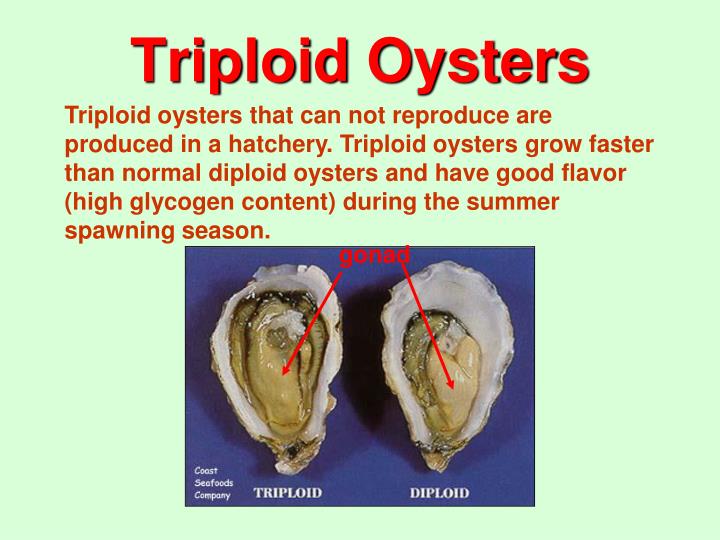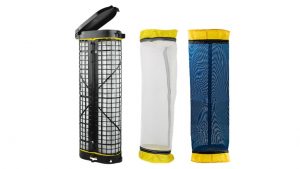

Tracy Yandle and Jennifer Sweeney Tookes conducting educational outreach at Georgia Organics Conference in February of 2020. Restaurants have been surveyed and interviewed about their interest in purchasing locally grown Georgia oysters, supply and delivery requirements, and their interest in receiving oysters through novel delivery methods. There is already a high demand for high-quality single oysters on the half-shell. Similarly, Atlanta area Community Supported Agriculture (CSA) aggregators and consumers have expressed interest in accessing Georgia oysters through their local foods deliveries. Previous research among individually-managed mid- to high-end restaurants indicated a high level of enthusiasm among urban Georgia chefs, who are eager to obtain fresh Georgia oysters (Tookes, Barlett,Yandle 2018). Potential new markets for aquaculture single oysters are restaurants and organizations in the major urban centers of the state. This project also seeks to expand the market in which Georgia oyster farmers can sell their oysters. We evaluated the effectiveness and safety of delivery methods such as Federal Express and the United Parcel Service to transport oysters directly to restaurants. Selling directly to end users would enable farmers to bypass traditional wholesalers and obtain a higher price for their oysters, thus maximizing profit.
#Separating single oyster spat license#
Distribution of oysters is challenging, as logistics companies typically deal in larger volumes of product than small growers are able to produce, and oyster farmers are required to have a dealer’s license to sell and ship products to end-users. In Georgia, most shellfish farms are one-person or small family-run businesses and they do not have the contacts, resources, and time necessary to move oysters to more lucrative markets outside their immediate locale. John Pelli and Tom Bliss examining clam farming gear off the Georgia coastline. These cylinder cages are easily deployed and hauled in from a boat, and do not require use of bags.

We are using cylinder oyster cages that can hold 250 mature oysters in the intertidal and subtidal zones, from the time oyster spat is “planted” until the oysters are harvested. This project uses cages to hold oysters in the intertidal and subtidal zones to find the best single oyster growth method. At the same time, oyster farms are ecologically sustainable and provide refuge for finfish (Tallman and Forrester 2007), and benefit water quality through removal of carbon, nitrogen, and phosphorus (Higgens et al. Instead, we hope to develop oyster aquaculture that can expand and increase the viability of the Georgia oyster market. Right now, the oyster industry within Georgia cannot commercially compete with the present day single oyster market based on the wild harvesting methods that Georgia’s oyster farmers use. In 2013, Georgia produced 23,998 pounds of oyster meat, while in 2014 the US harvested 34.1 million pounds of oyster meat (NMFS 2015). Georgia’s oyster industry is built on wild harvest strategies – where clustered oysters that grow in clumps are harvested by hand. Evaluate the socioeconomic impact of the entire system, from grow-out to shipping, to determine if this business model is sustainable for current and future oyster growers.Identify alternate shipping methods that meet producers’ and buyers’ needs for successful delivery of fresh and safe product.

Identify lucrative in-state markets for Georgia oysters.Develop a sustainable grow-out method to raise hatchery-reared spat to legal-sized single oysters on shellfish leases in coastal Georgia.Our goal is to encourage sustainable methods of growing single oysters, to increase farmed oyster production, and to support a wider market for sustainable local oysters in Georgia restaurants. But the 2015 development of an in-state hatchery by University of Georgia Marine Extension and Georgia Sea Grant provides the opportunity to foster sustainable growth methods suitable to Georgia’s unique growing conditions, and to provide jobs in coastal counties. The development of oyster aquaculture has been hindered due to restrictions on the import of out-of-state oyster spat which is not legally allowed in Georgia waters. This project collaborated with Georgia shellfish growers and pickers and Georgia restaurants to identify opportunities for a sustainable single oyster aquaculture industry in Georgia.


 0 kommentar(er)
0 kommentar(er)
